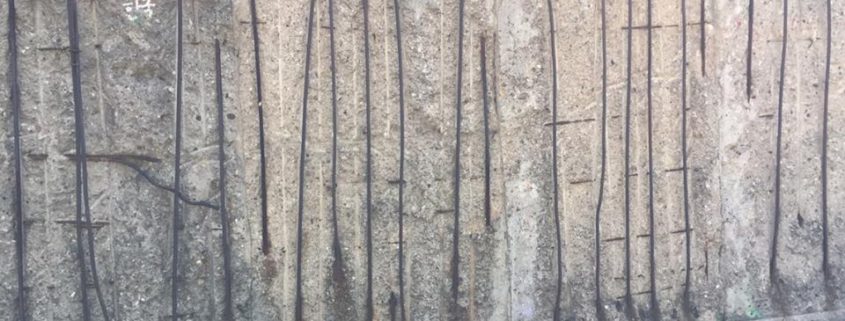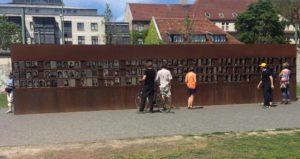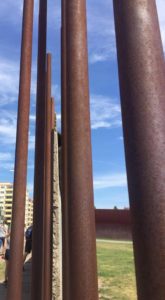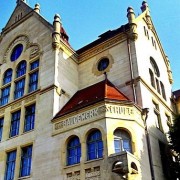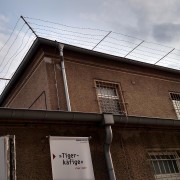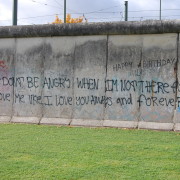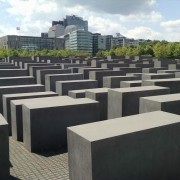A Wall Without Borders
By Jonalynn C. Lao
The gorgeous city of Berlin; is home to many famous sights and landmarks throughout the city. For instance, the magnificent Brandenburg Gate is an iconic symbol of Berlin and is one of Germany’s most visited landmarks. After seeing the Gate, visitors can head to the Berlin Television Tower (Fernsehturm) and enjoy the scenic skyline view on the tallest building in Berlin. Many people come from different countries from far and wide to enjoy what the lovely city offers. But in between the cracks and magnificent scenery of the city are the monuments and memorials that represent the conflicts and the struggles that the country withstood to get where it is today.
The Berlin Wall is an excellent example of one of the many historical monuments scattered in Berlin that is visited by hundreds of people per day. The details of the history of the Berlin Wall are not commonly known, despite the fact that the events surrounding its construction and collapse did not happen in the distant past.
On a Saturday night on August 13, 1961, East Germany was blocked off from the entire world. “Sunday morning many people woke up from their houses to barb wires, government officers and dogs cutting them off from traveling to any country especially West Germany; people had false hopes in believing this was only temporary,” said my tour guide, Adam. Soon enough everybody residing in East Germany realized that they would be prisoners in their homes with the lingering question that many people would not dare to ask: how long would this last?
My first instinct when I visited the Berlin Wall made me appreciate everything I take for granted. My freedom of speech is protected, I am allowed to travel to beautiful countries and cities; I also have the opportunity to study to pursue my profession of choice without any limitations or strings attached. All throughout the years from 1961 till 1989, many people died trying to leave East Germany. Many people wanted to flee the country for a variety of reasons; people wanted to depart from the country for job opportunities in West Germany, households felt eager to be reunited with families who were living in the West and some families wanted to flee the country to give their loved one’s brand new opportunities.
One of the first civilians to perish during the Berlin Wall was Ida Siekmann. Ida Siekmann lived less than a few blocks away from the western section of the city and would cross the border on a regular day basis to visit her sister who lived in West Germany. When East Germany closed its border, Ida took it upon herself to attempt a planned escape to the West. On August 22, 1961, Ida threw her mattress out of her apartment window alongside with other belongings. When Ida attempted to jump out of the window, she fell on the sidewalk died of her injuries on the way to the hospital. Ida Siekmann was one of the 139 individuals who perished while trying to escape East Germany and most of them are all commemorated and remembered at the Berlin Wall Memorial.
During the Berlin Wall, East Germany’s communist government introduced an oppressive political system where all their citizen’s everyday movements, actions, and conversations were followed by the Stasi – East Germany’s secret police force. People were compelled to spy on each other, and many officers were sent to break into citizen’s apartment complexes and houses so they could plant cameras behind their walls or in their kitchens, bathrooms and bedrooms. With the cameras installed in the resident’s households, it allowed the government to view into the private lives of almost all the country’s citizens. The government would overhear their everyday movement and conversation to determine whether the people living in the house were planning to escape from the country or help other individuals who are trying to escape East Germany. An interesting movie that shows an excellent representation of the reign of the tyrannical government during the era of the Berlin Wall is The Lives Of Others. The movie’s action takes place in 1984 in East Berlin, and it focuses on the life of an agent who is part of the secret police force. The film portrays how his life and the lives of the people he spies on changes drastically because they are unaware that they are under the watchful eye of the government.
Another, important information to point out: many people’s professional lives and opportunities were severely restricted behind the Berlin Wall. Professors and teachers had to pledge their allegiance to East Germany’s government, and they could not teach their students any controversial topics that would impair the image that the government sought so hard to create for their citizens. Many scientists and doctors also had to pledge their alliance to the government and spread its ideology. Artists, singers, musicians, actors and actresses could not perform pieces or shows in front of an audience that would cast the government in a negative light. Poets, journalists, authors and writers could not publish any articles or books that would contradict or oppose the regime. Any individuals who were caught defying the regime would be fired immediately and worst of all, they would be forcibly arrested and sent to the desolate Hohenschönhausen prison.
The government and the Stasi worked so hard to create an image of this fixated fantasy of perfectness to themselves, their people and the entire world. The effects of the government’s action destroyed their people and pushed their citizens into feeling like strangers to their country. The rise of the Berlin Wall is extremely traumatizing for those who lived during that era and had to live through the horrors in hopes that their life would get better.
I believe that the fall of the Berlin Wall paved a path of a future without borders for the next generations to come; with hopes that the country will continue to strive. In 2017, Berlin has been extremely prosperous and has been continuing to flourish. Berlin is now home to over 3.5 million people; Germany has a booming economy with people visiting their country from different parts of the world. Those years filled with pain, tears, and anguish behind the Berlin Wall has not been in vain nor forgotten and will forever be remembered in the collective memory of the nation.

